As the year comes to a close, AN has gathered some of the best architecture exhibitions worldwide to feast your eyes upon before (and into) 2020. Historical retrospectives, site-specific installations in starchitect designed museums, even methods for how to scale the walls of the Eastern State Penitentiary—the list represents the breadth of subjects that architectural theory and curatorial practice have explored this past year and decade.
Gio Ponti. Loving Architecture
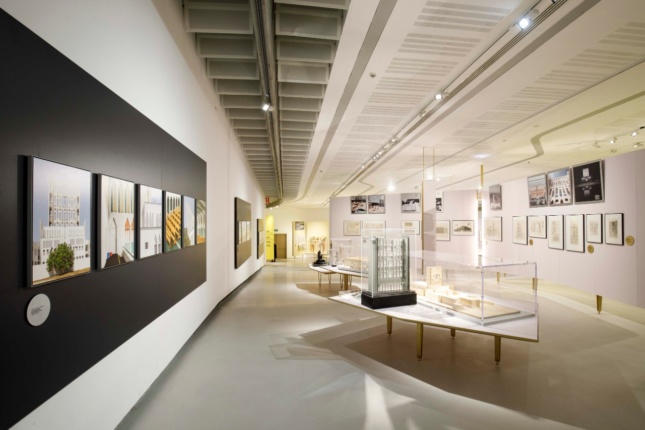
November 27, 2019, through April 13, 2020
MAXXI National Museum of 21st Century Arts
Via Guido Reni, 4A, 00196 Rome, Italy
Love architecture, be it ancient or modern. Love it for its fantastic, adventurous and solemn creations; for its inventions; for the abstract, allusive and figurative forms that enchant our spirit and enrapture our thoughts. Love architecture, the stage, and support of our lives.
-Gio Ponti, Amate l’architettura (In praise of architecture) 1957
In collaboration with CSAC of Parma and Gio Ponti Archives, MAXXI National Museum of 21st Century Arts has put on a major retrospective of work by Italian architect, Gio Ponti. The exhibition is curated by Maristella Casciato (the senior curator of architectural collections at the Getty Research Institute) and surveys Ponti’s prolific, multifaceted career as an architect, designer, poet, and critic through models, photographs, books, objects, and more.
Margherita Guccione, director of MAXXI Architettura said in a recent press release, “Neither classical nor modern, the work of Gio Ponti was unique… ranging from the design of objects of everyday use to the invention of spatial configurations for the modern home and the creation of complex projects embedded within the urban context, maintaining architecture, setting and saving grace of our lives, as the fixed core of his research.”
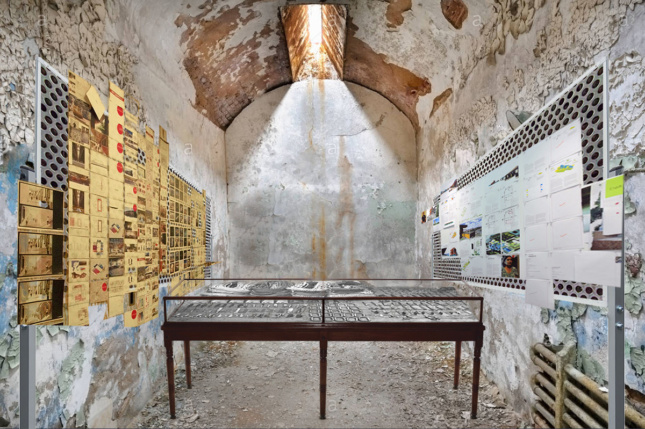
On view now through January 1, 2020
Eastern State Penitentiary
2027 Fairmount Avenue
Philadelphia, PA 19130
Alexander Rosenberg is a Philadelphia-based artist, educator, and writer. Receiving his BFA in Glass from RISD and Master of Science in Visual Studies from MIT, much of his work is a deep exploration of the study of glass as a material. In this body of work, Rosenberg produced a site-specific installation and performance in response to the architecture and preservation of Eastern State Penitentiary.
Rosenberg has developed and climbed more than a dozen possible routes to scale the prison’s 30-foot walls using “clean climbing” techniques. For the climbs, the artist fabricated climbing gear from materials that would have been readily available within the penitentiary at the year of its closing in 1971, as well as maps of the climbs and a guidebook for “how to escape” the architecture. According to an artist’s statement, the project aims to “provoke discussion about conservation and preservation between nature and artifice in the built and ‘natural’ worlds.”
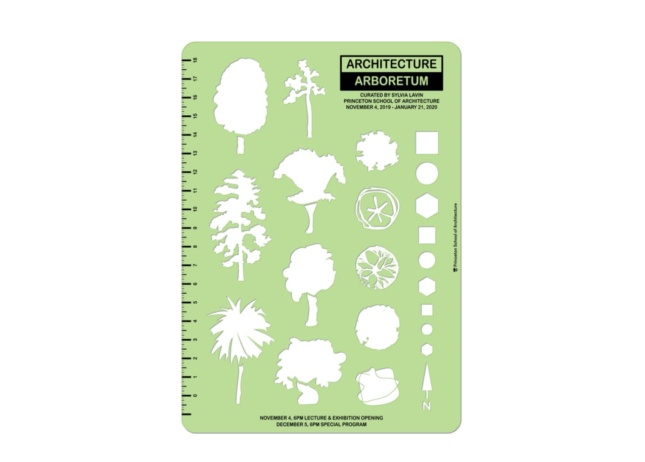
November 4, 2019, through January 21, 2020
Princeton University School of Architecture
North Gallery
School of Architecture, Princeton, NJ 08544
A new exhibition at Princeton University School of Architecture investigates the important relationship between architecture and trees. Architecture Arboretum, curated by Sylvia Lavin, a professor of history and theory of architecture at the university, evaluates trees as natural objects that have influenced major shifts in architectural thinking. The exhibition looks at how modern architectural drawings are filled with a variety of carefully considered trees that have been used as objects of observation, linguistic signs, as well as objects in themselves that can be designed.
The concept of the show, as described on the University’s website, is that “Architecture and trees share important features—the capacity to define space, produce climates, and shape the visual field—but also because trees perform architectural tasks in ways that care for the earth’s surface better than most buildings.”
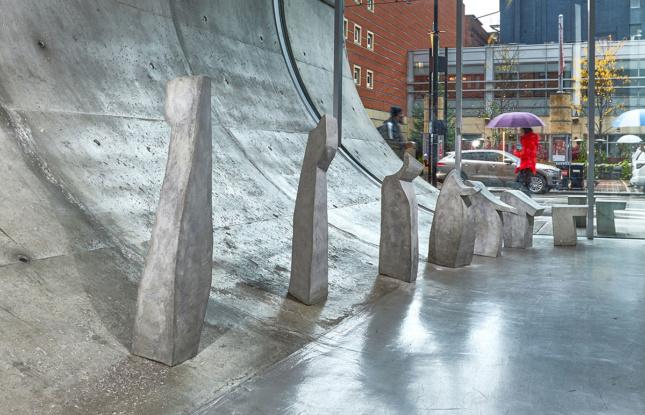
November 22, 2019, through March 2020
Contemporary Arts Center, Cincinnati
44 East 6 Street, Downtown Cincinnati
Conceived as a dialogue between site-specific installation work and Zaha Hadid’s first U.S. building, Lauren Henkin’s, Props, will be on view at Contemporary Arts Center in Cincinnati through March 2020. The exhibition features eight sculptures scattered throughout the museum in locations considered “unconventional” or “unintended” exhibition spaces, never before used to display art.
“Henkin’s pieces will invite visitors to consider with greater care and nuance often overlooked architectural details and spaces,” said Harris Weston, director and chief curator in a press release. The physical access given to the artist provides her with the room to interrogate the architectural and stylistic elements of the starchitect-designed museum.
The Architect’s Studio: Tatiana Bilbao
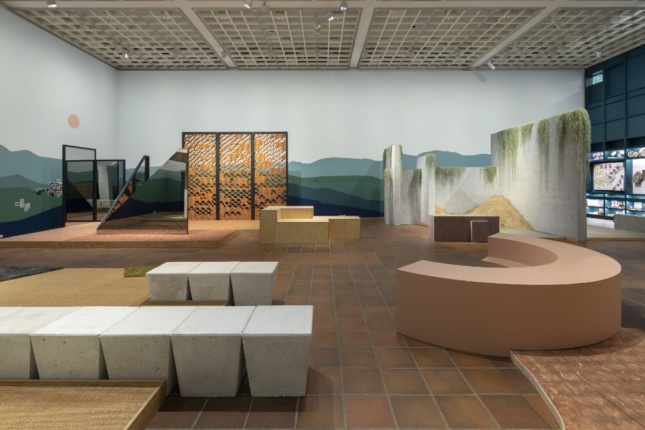
October 18, 2019, through March 5, 2020
Louisiana Museum of Modern Art
Gl Strandvej 13, 3050 Humlebæk, Denmark
Mexican architect Tatiana Bilbao explores Mexico’s culture and building traditions in a new exhibition at Denmark’s Louisiana Museum of Modern Art. The show is the third in The Architect’s Studio series, which focuses on a new generation of architects who work with sustainability and social practice in mind.
“When you come from a country without resources, you are used to not wasting them,” Bilbao explained in an interview on the museum’s website. The analysis of both landscape and cultural traditions plays a major role in Bilbao’s work which makes use of materials such as rammed earth and ideas on how the built environment influences those who occupy it.
Survival Architecture and the Art of Resilience
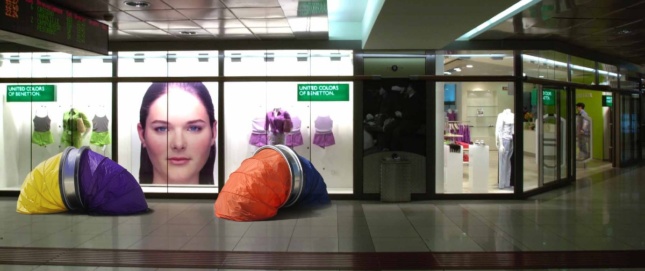
Through May 3, 2020
The Museum of Craft and Design
2569 Third Street, San Francisco, CA
An exhibition at San Francisco’s Museum of Craft and Design will showcase visionary solutions for emergency shelters in the wake of natural disasters. Curated by Randy Jayne Rosenberg of Art Works for Change, Survival Architecture and The Art of Resilience imagines the future of a climate-constrained world by addressing the need for adaptable housing for vulnerable populations.
One project, Cardborigami (2016) by Tina Hovsepian, is a compact and foldable cardboard structure suitable for two people to sleep in. Other projects by over 20 artists and studios illustrate similar radical proposals for navigating the possibility of extreme weather. Organized into four themes—Circular, Portable, Visionary, and Resilient—every project begs the viewers to examine how the built environment can be designed flexibly when change is the only constant.











